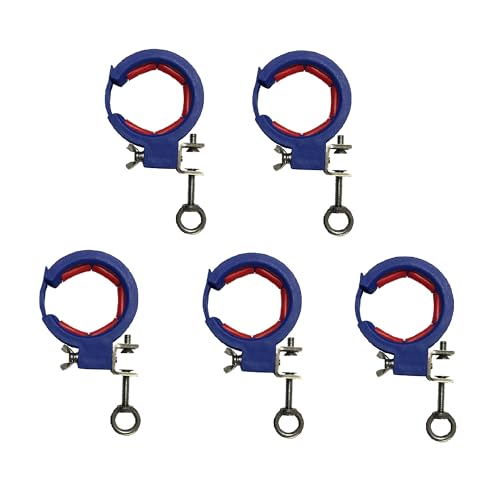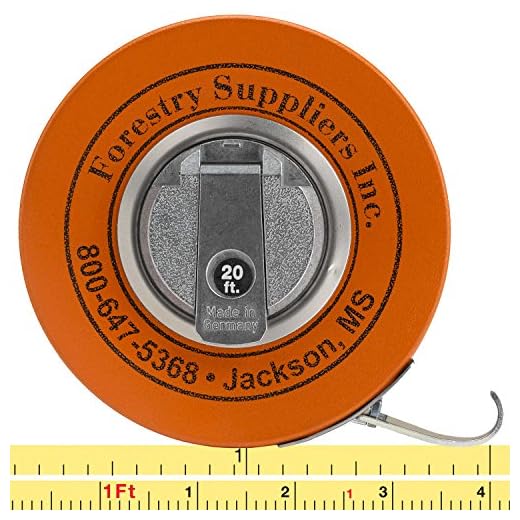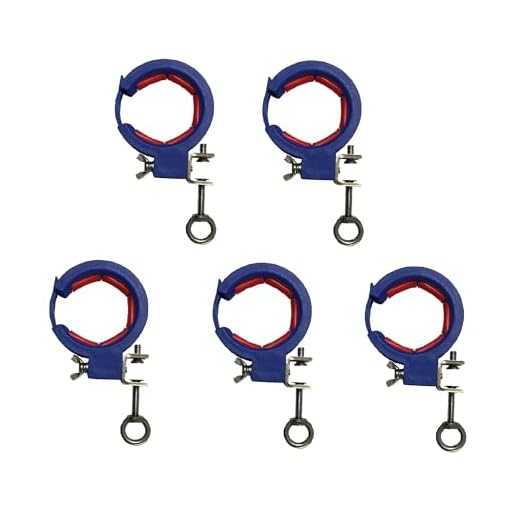




If you are a bonsai enthusiast, you know that thread grafting is an essential technique to reshape and rejuvenate your bonsai tree. Thread grafting involves introducing a young shoot or branch into the trunk of a mature bonsai tree, creating a new branch. This method allows you to manipulate the growth of your tree and achieve desired aesthetics.
The first step in thread grafting is selecting the right materials. You will need a healthy, young shoot or branch that matches the desired characteristics you want in your bonsai tree. It is crucial to choose a scion graft – a small branch or shoot that will become your new branch – that has similar characteristics to the existing tree. This ensures a smooth integration and natural appearance.
Once you have selected the appropriate materials, the next step is preparing the tree. You will need to make a precise cut on the trunk of the tree to expose the cambium, the delicate layer just beneath the bark responsible for nutrient transportation. This cut should be carefully made, ensuring it matches the size of the branch or shoot you are trying to graft.
After the tree is prepared, you can proceed with threading the graft. This process involves making a small hole in the trunk and carefully guiding the branch or shoot through it. It requires patience and precision to avoid damaging the existing tree. Once the graft is successfully threaded, you will need to secure it in place using grafting tape or another suitable material.
Threading Techniques for Growing Bonsai Trees
Growing bonsai trees can be a rewarding and fulfilling hobby. Threading is a technique used to encourage branching and create a well-balanced tree structure. By carefully guiding the growth of the branches, you can create a beautiful bonsai tree that reflects your artistic vision. Here are some threading techniques to help you achieve the desired results:
- Thread grafting: This technique involves inserting a young shoot or branch into a hole drilled in the trunk or larger branch. It is essential to ensure a snug fit to promote successful integration. The new shoot will fuse with the existing tree, creating a natural-looking branch.
- Threading using wires: Bendable wires are used to gently guide branches into the desired position. As the tree grows, the branches will conform to the shape set by the wires. Special care must be taken not to damage the bark or branches when threading with wires.
- Thread pruning: This technique involves selectively pruning branches to encourage new growth where desired. By carefully removing certain branches, you can redirect the tree’s energy to promote the growth of other branches. This technique helps develop a more compact and balanced tree structure.
- Thread defoliation: This technique involves removing all or some of the leaves from a bonsai tree. By reducing the foliage, the tree’s energy is redirected to the remaining branches, promoting growth and stimulating new buds. However, defoliation should be done with caution and at the appropriate time, as it can weaken the tree if done excessively or at the wrong time of the year.
Remember, patience and careful observation are key when using threading techniques on bonsai trees. It is essential to monitor the tree’s response to the threading and make adjustments as needed. With practice and persistence, you can create stunning bonsai trees that showcase the beauty of nature in miniature form.
Understanding Threading in Bonsai
Threading is an important technique used in bonsai to enhance the visual appeal and design of the tree. It involves carefully wiring branches and positioning them in a way that creates a sense of movement and flow throughout the tree.
Threading in bonsai is similar to the concept of layering in landscape design, where different plants are strategically placed to create depth and interest. By threading branches in a bonsai tree, you can create the illusion of a mature, natural-looking tree with well-balanced proportions.
How Does Threading Work?
Threading begins by selecting the branches that will be wired. Generally, younger and more flexible branches are preferred for threading, as they are easier to shape and manipulate. The branches are carefully wired using aluminum or copper wire, taking care not to damage the tree or cause any unnecessary stress.
Once the branches are wired, they can be positioned in a way that creates movement and interest in the overall design of the tree. This involves carefully bending and shaping the branches, taking into consideration the natural growth pattern of the tree and the desired aesthetic outcome.
Benefits of Threading in Bonsai
Threading offers several benefits in bonsai design. Firstly, it helps create a sense of harmony and balance in the tree’s overall form. By carefully positioning branches, the tree can appear more visually appealing and pleasing to the eye.
Additionally, threading can add a sense of age and maturity to the bonsai tree. By creating movement throughout the branches, the tree can resemble a more mature tree that has weathered the elements over time.
Lastly, threading can also improve the health of the bonsai tree. By carefully wiring and positioning branches, you can improve air circulation and light penetration, which can promote overall tree health and growth.
Overall, threading is an important technique to master in bonsai to enhance the overall design and visual appeal of the tree. It requires careful planning and consideration of the tree’s natural growth pattern, but the results can be truly stunning.
Tools and Materials Needed
Threading a grand bonsai can be a delicate process that requires precision and the right tools and materials. Here is a list of what you will need:
| Pruning shears | A pair of sharp pruning shears is essential for trimming and shaping the branches of the bonsai. |
| Wire cutters | Wire cutters are necessary for cutting the wires used to secure the branches and guide their growth. |
| Bonsai wire | Bonsai wire is used to wrap around the branches and gently bend them into the desired shape. It should be strong, yet flexible enough to mold the branches without causing damage. |
| Root rake | A root rake is a useful tool for gently combing through the roots of the bonsai and loosening the soil, allowing for proper aeration and drainage. |
| Bonsai soil | Bonsai soil is a specially formulated mix that provides the necessary nutrients and drainage for the bonsai tree. It is important to use soil that is appropriate for the specific species of bonsai. |
| Watering can | A watering can with a fine spout is ideal for watering the bonsai tree. This allows for precise watering without causing damage to the delicate roots. |
| Bonsai fertilizer | Bonsai fertilizer provides the necessary nutrients to promote healthy growth and vibrant foliage. It is important to choose a fertilizer that is specifically designed for bonsai trees. |
| Training pots | Training pots are shallow containers that allow for proper root development and control. They are necessary for shaping the root system of the bonsai tree. |
Having these tools and materials ready before you start threading your grand bonsai will ensure that you have everything you need for a successful and enjoyable bonsai experience.
Step-by-Step Guide to Threading
Threading is an essential technique in bonsai cultivation that involves training branches to grow in a specific direction. Threading can be used to create intricate and beautiful designs in the bonsai tree, enhancing its overall aesthetic appeal. Here is a step-by-step guide to threading your bonsai:
Step 1: Assess the Tree
Before you begin threading, carefully assess the tree’s branches and identify the areas that need improvement. Look for branches that are too straight or lack character.
Step 2: Choose the Right Wire
Choose a wire that is appropriate for the size of your tree. The wire should be flexible enough to shape the branches, but not too thin that it cuts into the tree’s bark.
Step 3: Wrap the Wire
Start at the bottom of the branch and gently wrap the wire around it in a spiral motion, ensuring that it is wrapped tightly but not too tight that it damages the branch.
Step 4: Position the Branch
Position the wired branch in the desired direction, taking care to create gentle bends and curves for a natural look. Avoid sharp angles, as they can weaken the branch.
Step 5: Secure the Wire
Secure the wire by bending the end and inserting it into the soil. Make sure the wire is firmly anchored to prevent it from slipping or loosening.
Step 6: Monitor and Adjust
Regularly monitor the wired branches to ensure that they are growing in the desired direction. Adjust the wire as needed to maintain the desired shape.
Step 7: Remove the Wire
Once the branch has adequately set, remove the wire carefully to avoid damaging the tree. Gently unwind the wire in the reverse spiral motion in which it was applied.
Step 8: Repeat the Process
Repeat the threading process for each branch that requires improvement, giving the tree a balanced and well-designed appearance.
Remember, threading should be done with caution and care to avoid causing harm to the tree. It is best to learn and practice this technique under the guidance of an experienced bonsai artist.
Tips for Successful Threading
Threading is an essential technique in bonsai care that helps promote the growth of finer branches and enhances the overall aesthetics of the tree. Here are some helpful tips to ensure successful threading.
1. Choose the Right Time
Threading should be done during the late spring or early summer when the bonsai tree is actively growing. This is the time when wounds heal quickly and new shoots can be redirected through the threaded wire.
2. Use Proper Tools
Ensure that you have the right tools for threading, such as thin and flexible wires or nylon threads. These tools should be gentle enough not to cause damage to the tree but strong enough to hold the branches in place.
3. Plan Ahead
Before threading, carefully plan the desired direction and placement of the branches to achieve the desired shape and balance. Take into consideration the growth pattern of the tree and choose appropriate branches to thread.
4. Be Gentle
While threading, handle the branches with care to avoid breaking or damaging them. Use gentle and gradual pressure to guide the branches through the wire or thread, ensuring they are securely held in place without causing harm.
5. Regular Maintenance
Monitor the threaded branches regularly to ensure they are growing in the desired direction and not causing any harm to the tree. Make any necessary adjustments to the wire or thread tension as the branches grow.
6. Remove at the Right Time
Threading wires or threads should be removed before they start to dig into the tree’s bark. Carefully remove the wire or thread to avoid any damage or scarring to the branches.
With these tips in mind, threading your bonsai tree can be a rewarding and effective technique to enhance its overall appearance and structure. Remember to be patient and take your time to achieve the desired results. Happy threading!
Maintenance and Care after Threading
After threading your bonsai tree, it is important to provide proper maintenance and care to ensure its health and growth. Here are some essential guidelines to follow:
1. Watering
Proper watering is crucial for the health of your bonsai tree. Avoid overwatering as it can cause root rot, which can be fatal for your tree. Check the moisture level of the soil regularly and water only when it feels slightly dry. Water thoroughly until the water drains out from the bottom of the pot.
2. Fertilizing
Fertilizing is important to provide the necessary nutrients that your bonsai tree needs for healthy growth. Use a balanced bonsai fertilizer and follow the instructions on the packaging for proper application. Fertilize your tree during the growing season, from spring to autumn, and reduce or stop fertilization during the dormant winter period.
3. Pruning
Regular pruning is essential to maintain the shape and form of your bonsai tree, especially after threading. Remove any unwanted branches or foliage to promote air circulation and improve the overall structure of the tree. Be careful not to remove too much foliage at once, as it can stress the tree.
4. Sunlight
Bonsai trees need an adequate amount of sunlight to thrive. Place your bonsai tree in a location where it can receive at least 4-6 hours of direct sunlight per day. If you are keeping it indoors, place it near a sunny window or use artificial grow lights to supplement the sunlight.
5. Protection from Extreme Conditions
Protect your bonsai tree from extreme weather conditions, such as freezing temperatures or scorching heat. Move it indoors during winter or provide winter protection like wrapping it with burlap. Similarly, shield it from excessive heat and sun exposure during summer to prevent dehydration and scorching.
6. Regular Inspections
Inspect your bonsai tree regularly for any signs of pests, diseases, or other issues. Watch out for pests like aphids, spider mites, or scale insects, and take immediate measures to control them. Treat any diseases promptly to prevent further damage to your tree.
By following these maintenance and care tips, you can ensure the vitality and longevity of your bonsai tree after threading. Remember to monitor its growth and adjust your care routine accordingly to maintain a healthy and thriving bonsai.






